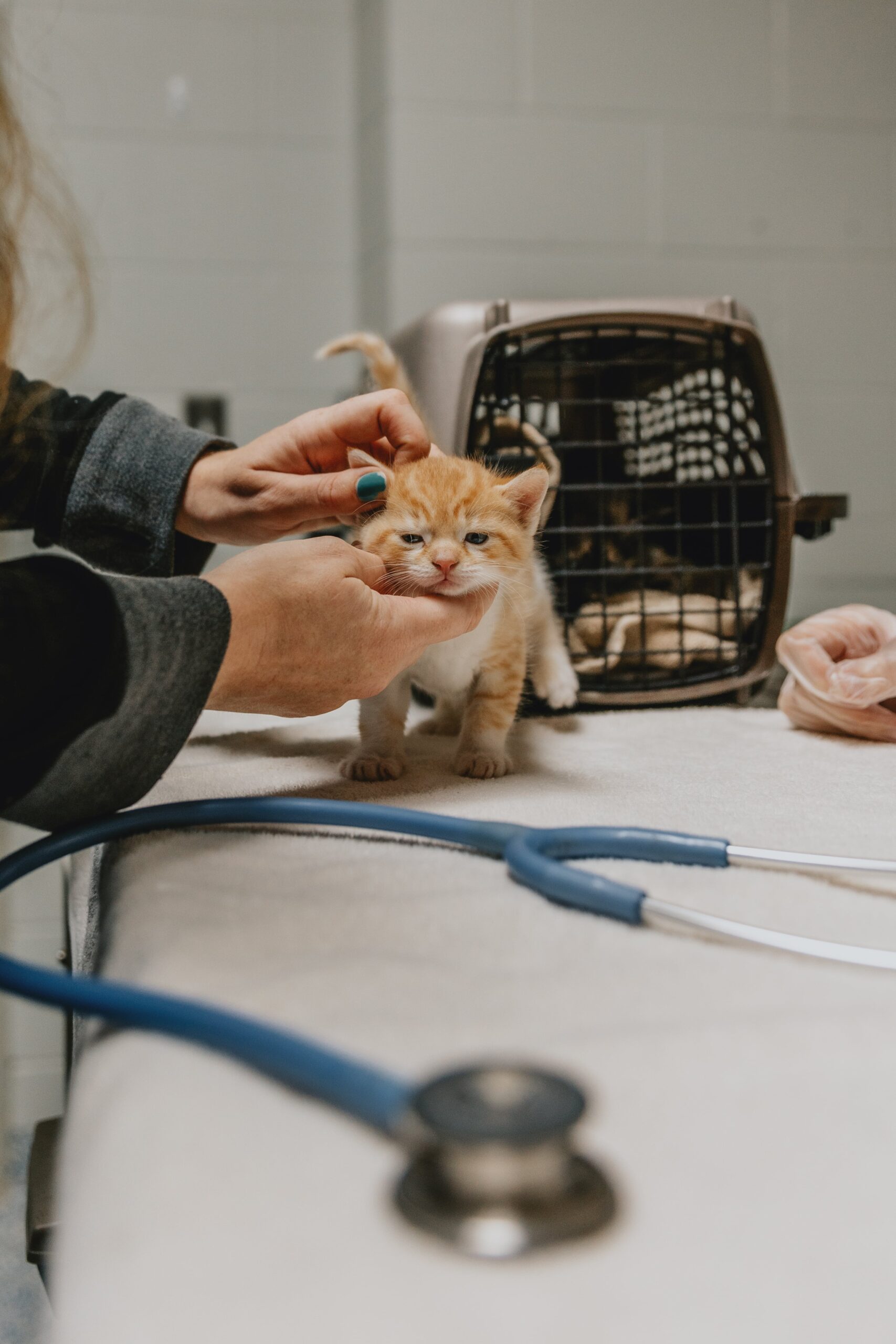Reduce your pet’s cancer risk factors
by Ontario SPCA and Humane Society | General Pet Care | November 7, 2023

November is National Pet Cancer Awareness Month, a time to reflect on the risk factors our animal friends face and what we, as their caregivers, can do to help them avoid a cancer diagnosis.
Early detection can save lives. There are lifestyle factors we can control to help our animal buddies avoid a cancer diagnosis.
According to Dr. Jill Kirk, “The most important thing to minimize cancer risk is to have your pet spayed or neutered. Female dogs and cats that are spayed before their first heat cycle have an almost zero chance of developing mammary cancer. Neutered animals have zero chance of developing testicular cancer.”
She adds, “Animals should have pet-safe sunscreen applied to any pink skin as they are at an increased risk of developing a cancer like melanoma from sun exposure.”
Although no single diet has been proven to prevent cancer in animals, obesity is known to contribute to many health problems, including cancer. Providing good nutrition and keeping your furry friend at a healthy weight is a controllable risk factor.
Second-hand smoke isn’t just a problem for us; our furry friends can be impacted by it as well. Living in a smoke-free environment will keep your animals from developing cancer or other illnesses from second-hand smoke and you will be healthier, too!
Reducing cancer risks and staying vigilant to possible signs and symptoms of the disease are things we as human guardians can do for our furry friends.
Be aware of changes
Changes in your furry friend’s behaviour or in their physical appearance could be possible signs of cancer. Other potential signs according to the Merck Veterinary Manual are:
- Loss of weight or appetite
- Sores that don’t heal
- Growing or changing lumps
- Swollen lymph nodes
- Sudden abdominal swelling
- Bleeding from the nose, mouth or genital area
- Dry cough
- Difficulty breathing, swallowing, chewing, urinating or defecating
- Lethargy
- Recurring vomiting or diarrhea
“People should monitor their pets for things like bumps, masses or changes in the eyes,” says Dr. Kirk. “The best thing you can do is take pictures of anything that seems off and measure it. This will give you a starting point and will help your veterinarian. There can be different kinds of benign (non-cancerous) growths, but they usually look all the same from the outside.”
The earlier cancer is detected, and treatment is started, the better the odds are of beating it. Early treatment can increase the odds of survival and the return to a healthy life for our precious fur babies.
“A cancer diagnosis can be scary, but you need to know that you have options,” says Dr. Kirk.
“There are veterinary oncologists who can guide you to the very best choice – which may be surgery, radiation, chemotherapy or some combination of the three.”
Categories
Testimonial
Thank you so much for all you do
Thank you so much for all you do every day to rescue animals in need. I can’t imagine the terrible situations that you see every day. It is great that you have the heart to help. Keep up the good work.
